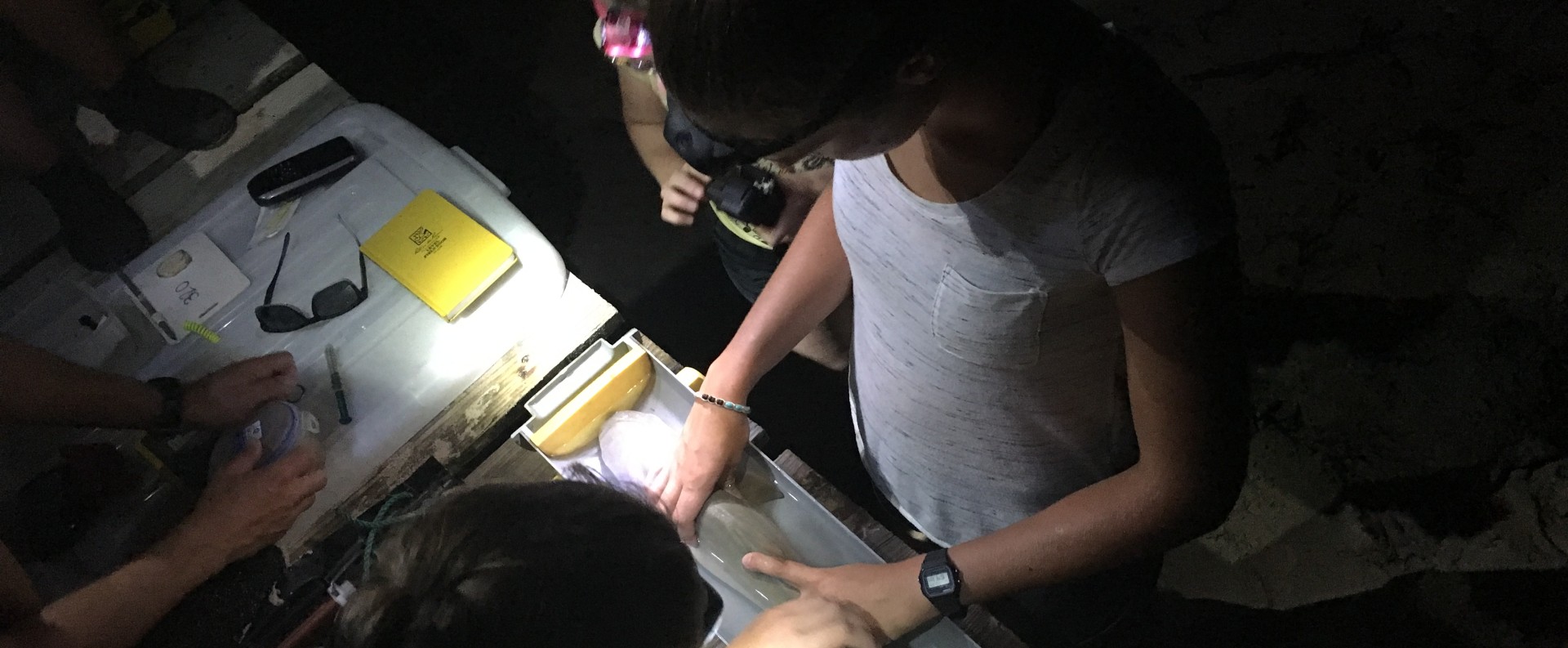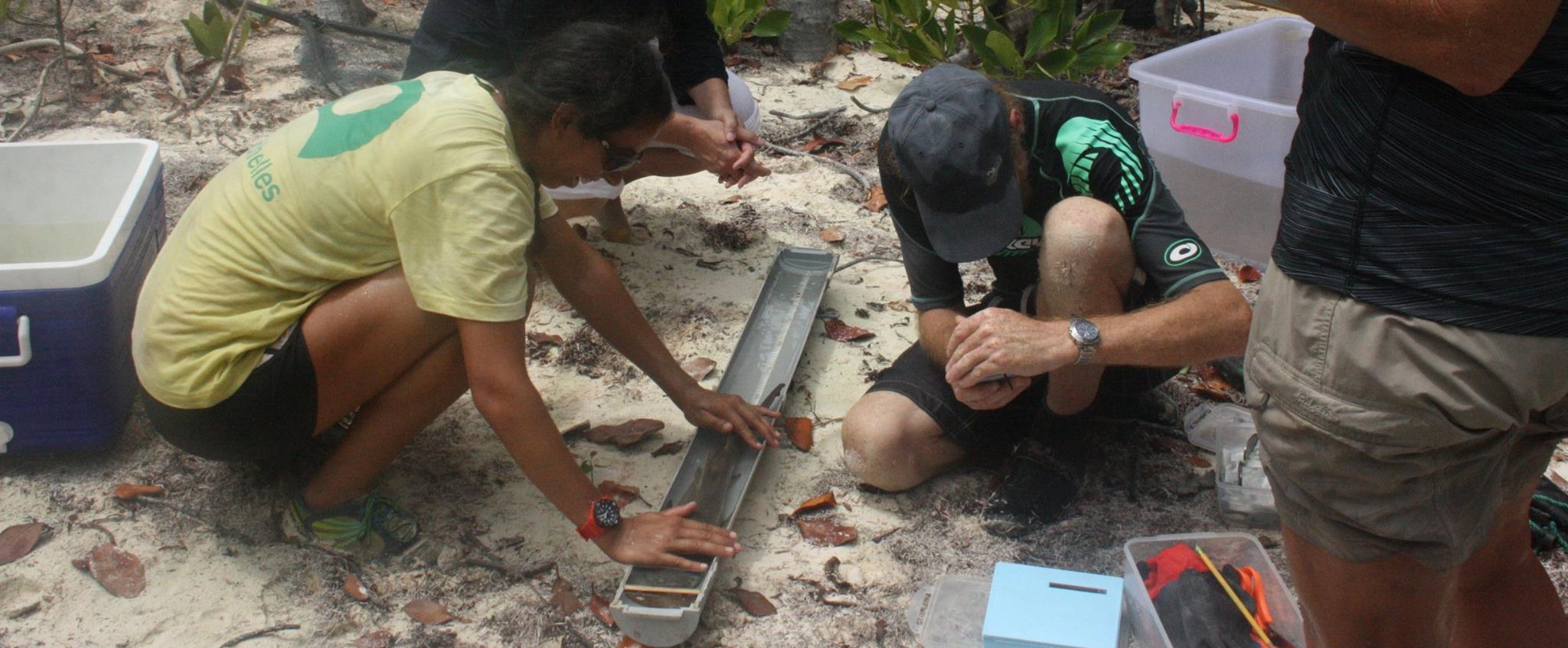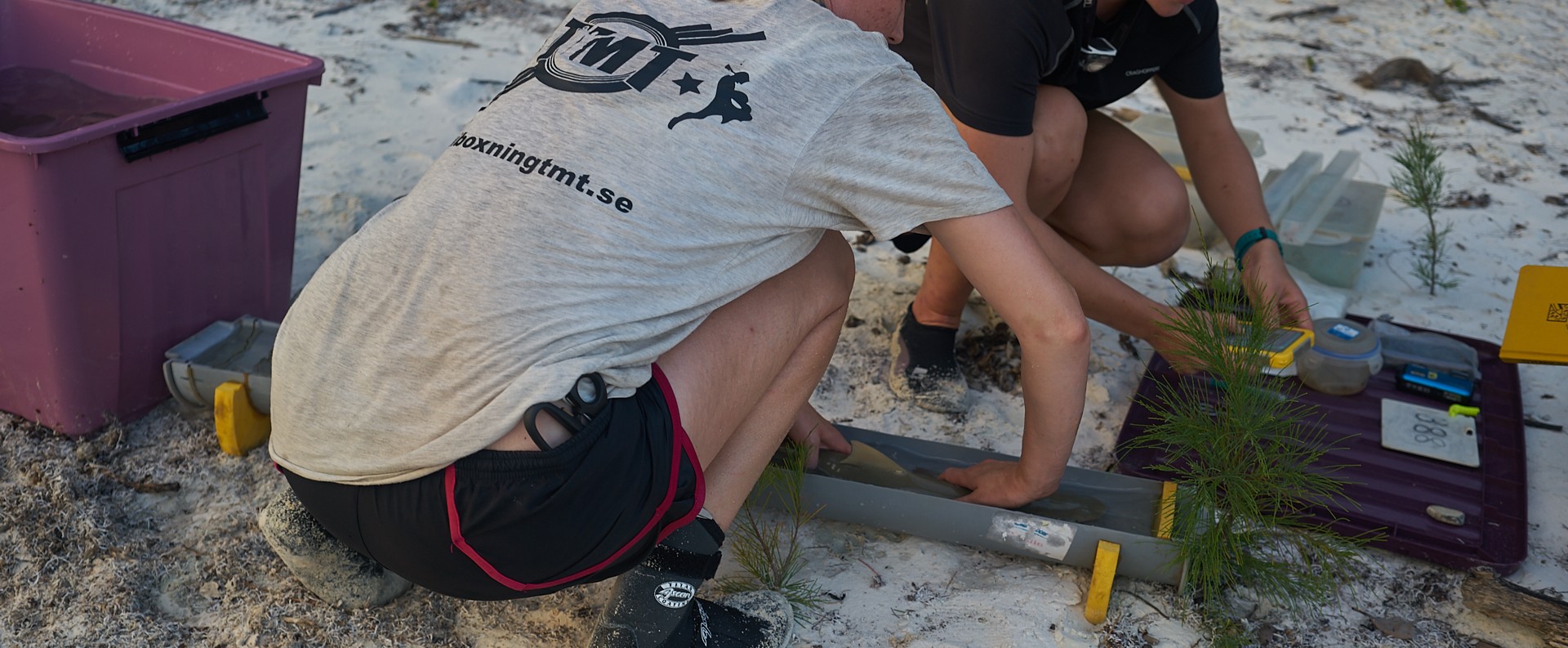Explore the different types of peccaries found in Costa Rica, as well as their importance in the local ecosystem, habitats, behavior, and social structure.
GVI
Posted: May 10, 2023

Petrina Darrah
Posted: May 18, 2022
Would you like to go swimming in tropical waters and contribute to the conservation of sharks? In Seychelles, you can do just that by aiding in lemon shark conservation through a research internship.
Lemon sharks get their name from their distinct yellow skin, which helps them stay camouflaged against the sandy seafloor surrounding Seychelles. Listed as vulnerable by the IUCN Red List, they are threatened by overfishing and habitat loss.
GVI’s lemon shark conservation and research volunteering program in Seychelles is playing a vital role in understanding and protecting this unique creature. By taking part, you can help to gather crucial information on their numbers, habitats and the threats they’re facing – while getting to experience diving and snorkelling in a beautiful tropical setting.

Like other species of sharks, lemon sharks play an important role in maintaining the health of the entire ecosystem. GVI’s research programs and monitoring of lemon sharks help to broaden our scientific understanding and baseline data on the health of ecosystems on Curieuse and Mahe Islands. In this way, conservation efforts help to ensure stability in the marine landscape of Seychelles as a whole.
For example, sicklefin lemon sharks live in mangrove forests. This is one of the fastest disappearing habitats worldwide, vulnerable to coastal development and climate change. Curieuse Island is home to some of the last remaining healthy mangrove systems within the inner islands of Seychelles. By tracking the health of lemon sharks we can also monitor any changes to the health of the mangroves and the impact of the disappearance of mangrove habitats.

Sicklefin lemon sharks are an understudied species, so gathering more data on them is crucial.
Juveniles swim year-round in the waters around Curieuse Island, but adult females only arrive between September and December each year. They give birth in the sheltered waters and the pups find shelter and food in the mangrove system during the early stages of their life. This calm environment is the perfect place to study the pups and learn more about their life cycles as they develop.
With the help of research internship participants, GVI aims to help understand the number of juveniles around Curieuse Island and the rate at which they grow. The data helps to answer questions about their habitats, their mortality rates, and identify potential and existing threats. By capturing, measuring, tagging and releasing lemon shark pups, GVI can later recapture the pups and record growth data.

GVI’s marine conservation volunteering programs in Seychelles operate out of two research bases – one on Mahe, and one on Curieuse Island. By joining a volunteer program or research internship in Seychelles, you can take part in GVI’s successful lemon shark catch and release programs in these stunning locations.
Interns help to search the surrounding water for lemon shark pups and play an active role in gathering data. It’s hands-on work that will give you insight into conservation in action.

Joining a lemon shark conservation and research internship in Seychelles is a true adventure. You’ll be spending almost as much time in or under the water as on the tropical beaches. It’s a rare opportunity to not only contribute to protecting an endangered species but to witness them in their natural environment and have thrillingly close encounters.
Our GVI staff and volunteers frequently report exciting stories from Curieuse. Lemon sharks aren’t the only marine creatures they come across.
“On our morning snorkel, an adult scalloped hammerhead (Sphyrna lewini) was spotted and on the evening sharking session a juvenile hammerhead was caught! Sphyrna lewini can live between 20 to 30 years and grow between 13 and 20 feet. Our team has never seen a hammerhead during our snorkelling surveys and never caught a pup during lemon shark season, so this is amazing!”
In Mahe, the largest of the 115 islands in the Seychelles archipelago, volunteers conduct studies in the spectacular Baie Ternay Marine Park.
“The Mahe team managed to finally get out and do some surveys before the lemon shark season closed. In an event that would be frightening to most, the volunteers were encircled by sharks and they absolutely loved it!”
Of course, it’s not all work all the time. Marine conservation volunteering also means savouring sunset swims in tropical waters, seeing other marine life such as hawksbill turtles, and going on adventures to other islands such as La Digue or Praslin. On Curieuse Island, there are even hammocks suspended above the water, so you can unwind while keeping an eye on the juvenile lemon sharks swimming through the blue water below.
Be part of important conservation work while experiencing unique marine wildlife encounters you’ll remember for life. Explore our Seychelles marine conservation volunteering opportunities today.
We understand that you may have questions about how COVID-19 will affect your travel plans. Visit our FAQs page which explains our latest safety protocols in response to COVID-19.
Disclaimer: The images in this article were taken pre-COVID-19.
Original header photo: By Ali Abdul Rahman is licensed under Unsplash
By Petrina Darrah
Explore the different types of peccaries found in Costa Rica, as well as their importance in the local ecosystem, habitats, behavior, and social structure.
GVI
Posted: May 10, 2023